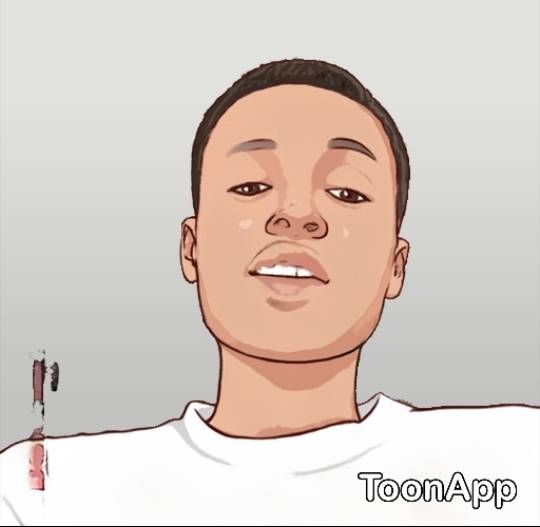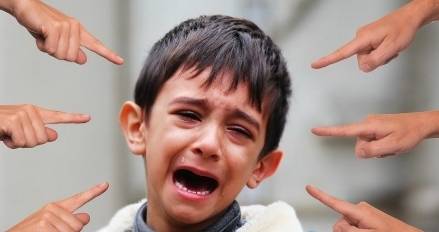Why do some kids bully, while others are bullied? And what is the active approach to addressing this behaviour? Understanding the underlying reasons behind why some children engage in this behaviour is crucial to effectively addressing and responding to this issue.
Survival mode
To best understand the dynamics of the bullying group, let’s go back to the beginnings.
We come to this world seeking connection, and we do our best to avoid elimination. This fear of rejection has its roots in the days of tribal life, when people used to go out hunting for food; they had to do it in groups, for safety reasons
And in the unfortunate circumstance that someone was left out, this person was risking being attacked by a wild animal, starving, or even dying of thirst. Being part of a group was wired into our brains.
At home
Studies shows that most bullies are bullied at home, affecting, therefore, their worth and self-esteem. These bullied children will then go on and try to boost their value and self-esteem by putting someone else down.
In most cases, children may resort to bullying as a means of exerting power, seeking validation, or coping with their own insecurities or frustrations. It is important to point out that understanding the intention behind this behaviour does not make it excusable or acceptable.
The bully chooses another child to pick on, who usually shares the same insecurities and low self-esteem; an easy target to mirror a bully’s own frustration and lack of confidence.
Valued and accepted
For this reason, a child’s most powerful need is to connect and belong to a group. This starts at an early age and grow further in teenage years. If they can belong and fit into a group, children believe that they are accepted within their community.
The group is the “tribe” and teenagers need to belong, in order to feel connected and “secure”. One of the ways this happens, is when the “group” finds one person to include and they bond over that. In other words, the members of the bullying group connect by ignoring someone. And this is where peer pressure comes into play. Feeling pressured to bully someone to fit in a group is very common among teens and children.
Thank you for sharing
One thing to teach your kids is that bullies cannot hurt them unless they believe everything they say and let it all in. And the best way to overcome whatever a bully is saying is by saying repeatedly: “Thank you for sharing.” This magical phrase has the power of bursting the bullies’ bubbles, stopping them in their tracks because their words no longer had any effect.
This been said, it is crucial to understand that both parties, the bully and bullied suffer from selfesteem issues. It is never too late to help them both through therapy and other means.
We must also remind ourselves that the “bully” is actually a child and working with him to regain his lost confidence and self-care is the first step to helping the bully change and let go of this kind of attitude. What most people don’t realise is that when they label a child, they limit this child. To them, this label becomes a blueprint, a belief about themselves. Through labelling, we limit the child in that role, where there is nowhere to go from, but to perform behaviours proving and reflecting that inner self-belief that we all helped existed.
By implementing strategies that focus on empathy and intervention, we can help children develop healthier coping , foster a culture of respect and acceptance and ultimately reduce the incidence of bullying in our communities and school.


